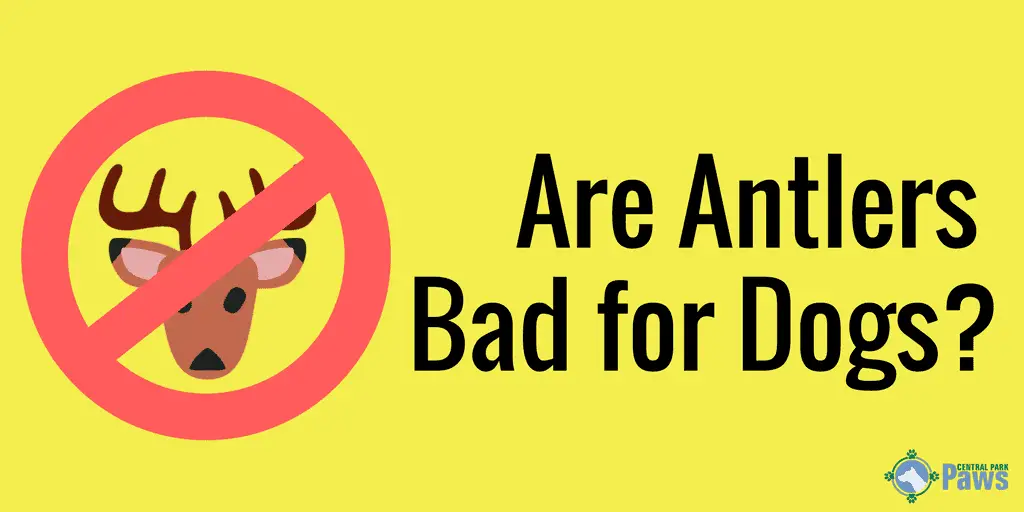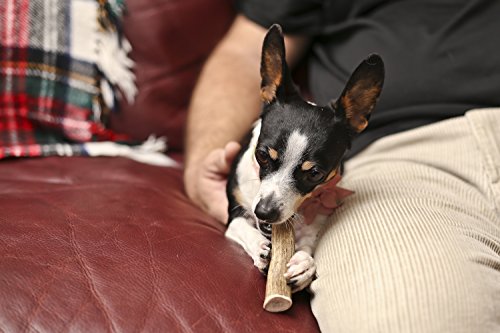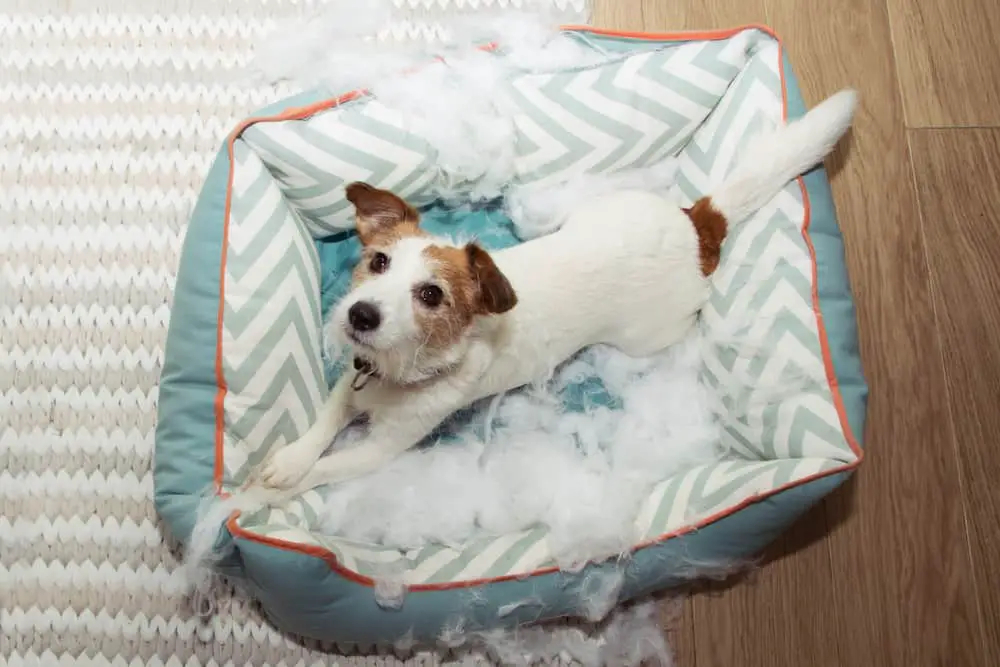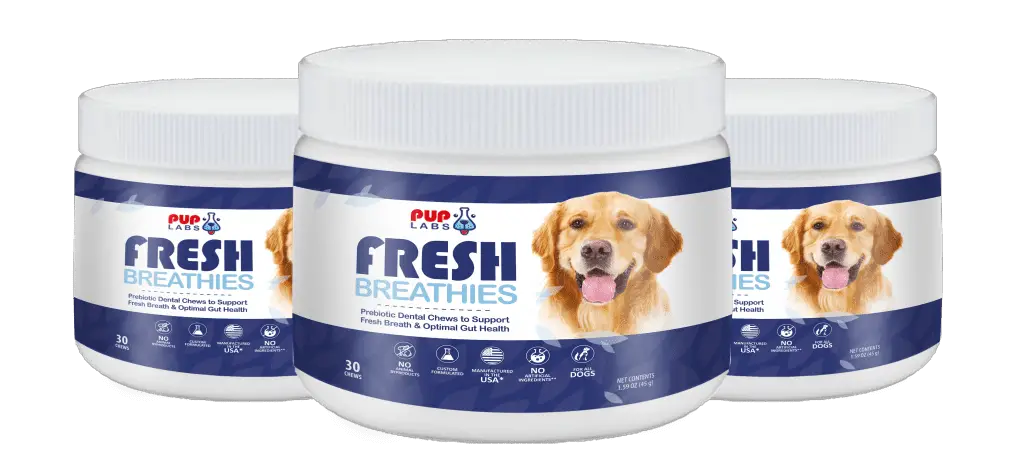I sip my coffee as I look at the growing pile on the table, and smile.
I know what he’s doing, he knows what he is doing – and of course he knows that I know what he’s doing. But hey, we do the little dance anyway cuz it’s how we roll.
“Whatcha doing?” I ask innocently, while eying the bright orange vest in his hand.
“I thought I’d head out early tomorrow morning and get some power chews for the dogs.” He pins waterproof ID holder containing the newly-issued license to the back of the vest.
I look at the hunting gear carefully placed out on the table. “Uh huh.”
Back up a sec, and let me explain …
It’s that time of the year; muzzleloading season. For the last few years – ever since I started keeping the antlers for our four-legged kids – rather that saying he’s “going hunting”, he calls it “collecting chews for the dogs.”
So by the end of the weekend I can look forward to a fresh stock of venison in the deep freeze chest, and a renewed supply of antlers for my pups, as well as a few friends.
But surprisingly, many dog owners aren’t familiar with giving antlers to dogs.
We’re here to clear up a few misconceptions – and maybe even encourage you to head out and forage for your own antlers.
What to Know Before Giving Your Dog Antlers
Just about any brick-and-mortar pet or feed store, or your favorite online retailer, sells antler chews for dogs. In and of themselves, antlers are neither good nor bad for your dog. Like any other power chew, it’s primarily about the quality of the product.
When purchasing from a retailer, make sure the antlers are NATURAL ANTLERS – cuz we all know how manufacturers like to play the bait-n-switch game.
I promise not to mention or compare it to vegetarian chicken breast again.
Also, avoid antlers that are bright white. Don’t misunderstand me – it’s entirely possible for antlers to be a very light grey or even whitish.
But if an antler is whiter than your gym socks, then that’s a problem – cuz it’s seen more bleach than your laundry.
Since we’re identifying genuine products, another sure sign of a natural antler is the variegation of the coloring. You should see a difference from the outside to the inside, and this is much easier to identify if the antler has been cross-sectioned.
The easiest way to avoid the confusion at the stores is to avoid the store altogether. Simply grab a pair of hiking shoes and your faithful companion and head out to the woods and hunt down your own naturally shed antlers.
Also, you could hit up your favorite hunter or contact your local game processor.
Unless you live in the big city – in that case shopping could be compared to getting lost in the woods and fending off wild animals.
The most popular antlers available in North America are;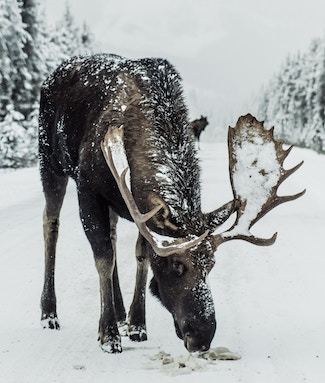
- Deer: Generally lighter in color than elk or reindeer, white or mule deer antlers are harder than other antlers. Also, due to the availability of these antlers in the wild and through hunting, they are the most popular and least expensive.
- Moose: As you’d expect moose antlers are big. I mean HUGE. These are usually cut into squares or rectangles when sold through retailers – which, quite frankly, is probably just as well when you consider that the sheer size of moose antlers.
- Elk: Elk antlers tend to be larger than deer antlers, and softer as well. They also have a tendency to to be rougher in texture, and overall darker in color.
- Reindeer: Reindeer antlers are heavier and tougher than standard deer antlers, and a little less commonly available through retailers – probably because no one wants to give Rover a chew toy that used to be Rudolph. These antlers can be available through game processors or hunters, or hiking through the forest.
ARE Antlers Safe for Dogs?
Because antlers are primarily made up of cartilage that mineralize into a bone-like substance – let’s just call it bone, and make it easier on us all, eh? – the most serious safety issue for your power chewer is the possibility of tooth breakage.
As in about 20% chance.
And that’s just in healthy dogs.
For puppies and older dogs, the risk to their dentition simply isn’t worth it.
Just say, “no” to antlers.
Hey – you wanted honesty.
So, once (if) you determine that your dog isn’t at obvious risk for tooth breakage, ask yourself about any other bad chewing habits he may have.
To preserve Fido’s pearly whites, there’s a couple things you can do to give him the most enjoyable experience with his chew, while maintaining safety; 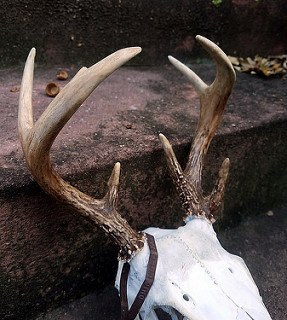
- Choose the freshest, best quality antler. This is easiest if you know a hunter or processor – you could have an antler that’s only a few weeks old. Now that’s fresh! With practice, you can identify the approximate age of a forest-found antler; this year, a couple years old, or really old. Leave the ones that are a couple years old; they may have a splintering personality.
- Know your dog’s chew habits. If your dog does an impression of a pelican and gulps down treats and food – then antlers (and other edible chews) probably aren’t the best choice.
- Know and recognize the difference between biting and chewing; if he’s biting the antler then take it away, Chewing, obviously, is a good thing.
- It’s worth repeating again; use your head before giving an antler to your dog. Antlers are hard. Seriously. So if you have a puppy, an older canine, or a dog with dental problems then antlers should not be an option as a chew or play. Not. At. All.
How to Make Your Own Deer Antler Chews
Now that you’ve trekked through the wilds to acquire your treasure, or bartered with the locals, there’s a little prep work that needs to be done before the antlers are ready for your canine’s canines.
And what better way to accomplish this than with power tools?
First, the antlers need to be cut down into manageable sizes. Not bite-sized pieces, mind you – but a good size so that your pup can hold the antler while chewing, and carry it around.
Eight to ten inches long is about average – and if you are going to leave the antler branched, make sure there’s no chance of poking eyes out while chewing.
Enter your choice of power cutting tools. Secure the antler in a table vice and cut it down into lengths with a hacksaw (boring), cutting wheel on a grinder, or a reciprocating saw.
Personally, I haven’t encountered a job that a Sawzall and a pack of Milwaukee blades couldn’t handle.
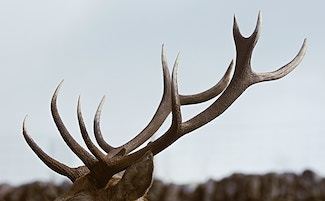
But I digress …
The second important part of preparing antlers before distribution to impatiently waiting pups is to make sure you eliminate any sharp edges.
It might seem surprising if you’ve only experienced the store-bought antler pieces, but when you’re hiking through the woods in search of your treasure, or have received a gift bag from a hunter, you might be surprised to discover that the points can be quite, well, pointy – as well as nubs and buds along the branches of the antler.
So, the easiest way to take care of that little problem is a sander. Or a Dremel. Lock it back down in the vice and have at it.
Don’t forget to bevel off the edges where you cut the antler. Ridges are fine – and can even aid in keeping teeth clean – but you want to make sure you get rid of any sharp edges.
PSA: Don’t forget to wear a face mask and goggles.
How to Sterilize Deer Antlers for Dog Chews
You’ve got your found or fresh antler and it’s trimmed and sanded – now what?
Well, like any mineralized product, or any product you picked up off the ground or freshly harvested from its previous owner, there’s a lot of debate about boiling the antlers before allowing your dogs to have them.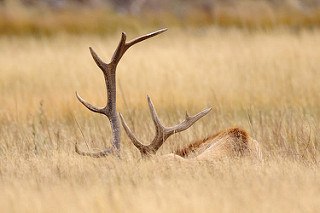
We take the position – like most veterinarians – that boiled bone products should be avoided, due to the fact that they develop a tendency to be much more brittle.
Brittle bone-type products tend to splinter rather than break or chip. Splintered bone in your four-legged fur baby’s mouth and stomach should be avoided at all costs.
Just – no boiling the antlers, okay?
Blanching … Well that’s another bowl of kibble altogether. Blanching fresh antlers is a good way to sanitize them without actually cooking them.
Unless you’re dealing with shorter pieces, it’s best to have the antlers cut to size before blanching them. Then, just like those summer vegetables, drop them in boiling water for a few moments, then right into ice water.
Alternatively, if you’re just a wee bit germaphobic, you can put them in simmering water for about thirty minutes. Simmering, folks – not boiling. Boiling them what we just suggested you not do.
You can also soak the antlers in broth to add some flavor if your mutt isn’t all that interested at first.
Chew On This
Antlers are an incredibly popular chew – and become more so with every passing year.
One of the reasons for their popularity is that they can be humanely harvested from local or commercial processers, acquired from hunters you know, or pack up the kids and spouse and scavenged for in the forest.
And let’s be honest – dogs love ‘em.
But they certainly aren’t always the best option.
Remember that choosing a chew for your dog and you should consider your dog’s needs before purchase. Puppies and young dogs, senior dogs, and those with dental problems – as well as those with bad chewing habits – should seek alternatives to antlers.

